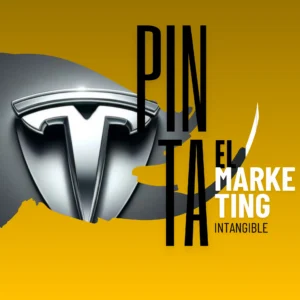
We often find ourselves in a situation that many of us know all too well—and one that can be deeply frustrating—when a family member, a colleague, or even ourselves ends up arguing with our devices (insert curse words here) while trying to watch a video on our phone, urgently open a web page on our computer, or stream that Netflix series a friend has been begging us to watch for weeks. And suddenly, nothing works. Everything takes forever to load, or loads halfway with poor resolution and quality—even though we’re using a high-end, brand-name device.
This happens because something in the “perfect” system supporting the service wasn’t up to par at that critical moment. Everything seemed to be working at first: the system booted up as expected, welcomed us with a smooth and user-friendly home screen, logged us into our pre-authenticated account, and even served up one or two short ads before our awaited content. But right when it mattered most, everything broke down—because of server overload. This is often the result of poor planning and foresight from the service provider.
This is what’s known as a bottleneck, where resources are flowing at a good pace until they hit a single weak link that can’t keep up, slowing everything down. A server’s performance depends heavily on how many users are accessing it at the same time. So, keeping server capacity in sync with a growing user base is crucial to the success of any system. However, as the number of users increases, the company’s human resources often don’t. Teams are still expected to sort users, assign them plans, build customer loyalty, handle complaints, and manage dozens of other tasks—slowing everything down and leading to neglected processes.
A common and effective solution used by companies is to automate those bottleneck-prone processes. For instance, they might deploy cloud-based virtual servers that scale their capacity automatically based on demand, freeing up staff to focus more directly on customer needs.
This example helps us draw a parallel with the marketing process, especially when trying to understand how bottlenecks affect the customer journey. A well-known brand, a great product, 24/7 customer service, or strong media presence alone isn’t enough if the overall operation lacks synergy and ends up frustrating the user. Below are some key factors that often cause bottlenecks in the customer journey—and how to fix them:
Delayed communication about updates, promotions, or product/service changes
Generic, repetitive content that fails to resonate with the audience
Language barriers in increasingly global markets
Slow response times from sales reps
Outdated or incorrect information on official communication channels
Limited or disjointed user experiences on e-commerce platforms
These issues generally fall into three core processes: Communication, Advisory, and Sales.
When it comes to communication, there are major opportunities for automation. Tools are now available to elevate emails, websites, and SMS with personalized touches—like using the user’s or company’s name in the subject line or greeting, which builds trust and closeness. We can also dynamically personalize banners in each message based on a user’s specific interests. This allows us to promote the same product in different ways that are better suited to each generation or communication style. This is known as dynamic content in email marketing.
In terms of product or service offerings for global markets, there’s also growing value in using technologies like artificial intelligence to auto-translate website content based on the browser’s detected language or the user’s location via IP address.
The next opportunity lies in automating customer support, using advanced AI-powered chatbots that can either stay on-site or engage via WhatsApp. These systems can even be programmed with predefined “personalities” to sound more approachable and friendly. They help streamline the process by providing precise information about a product or service—without interfering with the customer’s purchase decision.
Once communication and support are optimized, the next step is to close the sales loop in the customer journey by automating client retention in our e-commerce channels. This can be done by re-engaging users and preventing abandonment—for example, when someone leaves items in their shopping cart without checking out or exits the site at the last moment. With automation tools, we can track users with active carts and send them automatic reminders via email. These can even include a special discount as a thank-you for being a returning customer.
By focusing on improving these stages of the customer journey, we eliminate barriers and bottlenecks that frustrate users, leading to better outcomes. It’s worth emphasizing that choosing the right automation software is crucial—but so are the synergy between people, strategy, and process controls, which together determine the strength of our customer relationships.

Sergio Cáceres Velasco
Production Manager
Red Design Systems
Share
From the CEO’s strategic vision to real stories of brands that are marketing for real.

Subscribe to the newsletter and receive each edition with insights, tools and trends ready to apply.
document.getElementById( "ak_js_1" ).setAttribute( "value", ( new Date() ).getTime() );
other news






